An excavator is a piece of heavy construction equipment for a wide range of jobs like excavation, trenching, digging, lifting, or truck loading. Its outstanding durability and simple operation make excavators one of the most popular construction equipment. Excavators fall under the earthmoving vehicle category and consist of a boom, bucket, dipper (arm), rotating cab, and movable tracks. They usually work using a hydraulic mechanism. In this article, we will learn about the types and working of excavators used in the construction industry.
Applications of Excavators
Industrial excavators are used in a variety of contractor and industrial needs, including road construction, building construction, mining, and demolitions. Some of the common applications of excavators are
- Digging of trenches, holes, foundations, ditches, and underground excavation.
- Brush cutting
- Material Handling
- Forestry work
- River dredging
- Forestry mulching
- Demolition with hydraulic claw, cutter, and breaker attachments
- Mining, especially, but not only open-pit mining
- Aircraft recycling
- Hydro excavation to access fragile underground infrastructure using high-pressure water
- Driving piles
- Removing snow using snowplow and snow blower attachments
- Drilling shafts for footings and rock blasting using hydraulic drill attachments
- Debris removal, etc
Parts of an Excavator
To perform its function smoothly excavators have various parts that can be broken down into three distinct sections; the undercarriage, cab, and arm/boom. The main components in each section are listed below.
Undercarriage: The bottom section of an excavator is known as the undercarriage and it houses various moving parts like excavator tracks, track frames, track pads, track chains, track shoes, track bolts, rock guards, sprockets, rollers, idlers, etc.
Cab: Cab is the main control element of an excavator. It consists of the parts like main control, ROPS (rollover protective structure), counterweight, engine, hydraulic fluid tank, and main control valve. The control mechanism varies from model to model.
Arm/Boom: This is the digging mechanism of the excavator where the arm and boom work together to perform the earthmoving work. The main elements are boom, arm, bucket, cylinders, and several attachments (Brush cutters and mowers, Rotators for the bucket, Stump cutters, Augers, Boom extensions, Grading buckets, Breakers and hammers, Pipelayers, Tree shears, etc).
Types of Excavators
There are a wide variety of excavator types with their own advantages and disadvantages. The most common type of excavators that are widely used worldwide are:
- Crawler Excavators
- Wheeled Excavators
- Dragline Excavators
- Suction Excavators
- Skid Steer Excavators
- Long Reach Excavators
- Mini Excavators
Crawler Excavators
Crawler excavators are also known as track excavators, compact excavators, general purpose excavators, or standard excavators. They run on two large tracks and are widely found in heavy-duty construction jobs and the mining industry. The chain wheel system of this type of excavator allows them to slide over uneven surfaces easily with very less risk. They are found in various sizes.
Wheeled Excavators
As these types of excavators run on wheels they are known as wheeled excavators. The main advantage of wheeled excavators is that they can easily be moved from one job site to another. They are similar to crawler excavators in appearance and size except for the tracks. This excavator type is mostly found for city projects.
Dragline Excavators
Dragline excavator uses a hoist rope and dragline system for road excavation, pipe driving, or clearing underwater earth. They don’t have the usual arm and boom and are usually larger than other types of excavators. Widely used for deep digging, dragline excavators are generally assembled at the site. During operation, the hoist rope lowers and raises the bucket. They are generally used for large-scale civil engineering projects.
Suction Excavators
Suction excavators are also known as vacuum excavators. They have a suction pipe with sharp teeth and can provide up to 400 horsepower. This type of excavator is suitable for delicate underground applications and works by creating a high-pressure vacuum to carry away the dirt, soil, and debris.
Skid Steer Excavators
In a skid steer excavator, the boom and bucket face away from the driver. They are smaller, compact, and suitable for narrow and tricky areas and thus find wide application in residential projects. They are equipped with wheels for easy movement.
Long Reach Excavators
From the name, it is quite clear that this type of excavator has a lengthier arm and boom sections. Suitable for reaching hard-to-reach locations, a long-reach excavator’s arm can extend over 100 feet horizontally. They are difficult to operate in small spaces and are generally used for demolition projects and heavy-duty site digging activities.
Mini Excavators
Mini excavators are a smaller and lighter version of standard excavators. They can easily fit into tight spaces and this is the reason they are widely used to handle smaller loads. Having reduced tail-swing, mini excavators can work indoors and on job sites requiring delicate work.
Excavator Types Based on the Weight of the Equipment
Depending on the weight of the equipment, excavators can be categorized into the following three types:
- Standard Excavators: Used widely for bulk earthmoving and heavy lifting operations, standard excavators usually weigh between 22,046 to 200,000 pounds.
- Midi Excavators: Used widely for confined areas, midi excavators are more powerful than mini excavators and weigh between 13,227 to 22,046 pounds.
- Mini Excavators: Smaller in size but versatile and widely used in tight job spaces, mini excavators weigh less than 13,227 pounds.
Selection of Excavators
The selection of an excavator for a specific job mainly depends on the following three factors as mentioned below:
- Type of job to be performed.
- Size/Capacity required
- Environment
Excavator Manufacturers
There are many companies that manufacture a wide variety of excavator models. The most common excavator manufacturers are:
- Caterpillar
- Volvo
- Komatsu
- John Deere
- Hitachi
- Sumitomo
- Doosan
- Terex Corporation
- JCB
- L&T
- Mahindra
- Hyundai Heavy Industries
- Sandvik
Excavator vs BullDozer
The main differences between an excavator and a bulldozer are
| Excavator | Bulldozer |
| Excavators are heavier and larger | Bulldozers are comparatively smaller. |
| The pushing power of excavators is comparatively less. | The pushing power of bulldozers is more than excavators. |
| Excavators allow the user to manage the work from one location. | Bulldozers need to be moved for their operation. |
| The main function of an excavator is excavating, digging, material handling, and demolishing. | The main function of a bulldozer is surface leveling, site clearing, etc. |
| They can work on plain and hilly terrains. | Mostly suitable for plain areas. |
Digger vs Excavator
Digger and excavator mean the same equipment and thus there is no difference between a digger and an excavator. In general, digger is a layman’s term whereas an excavator is an industry term.

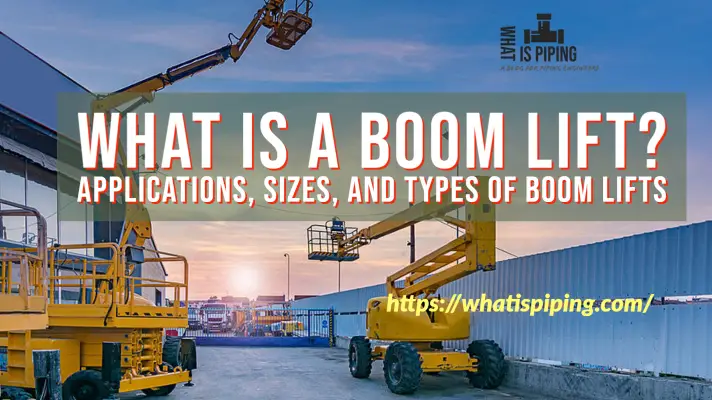
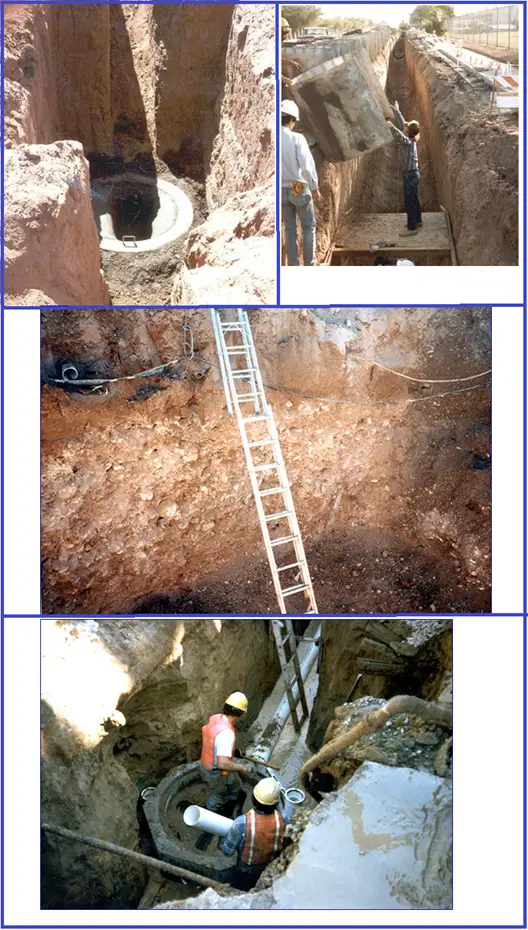

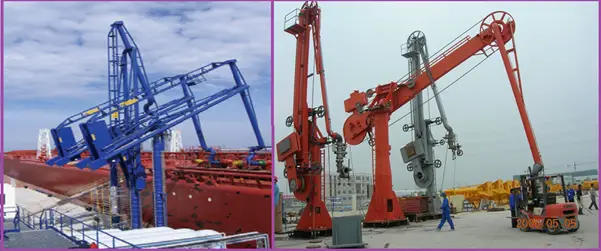
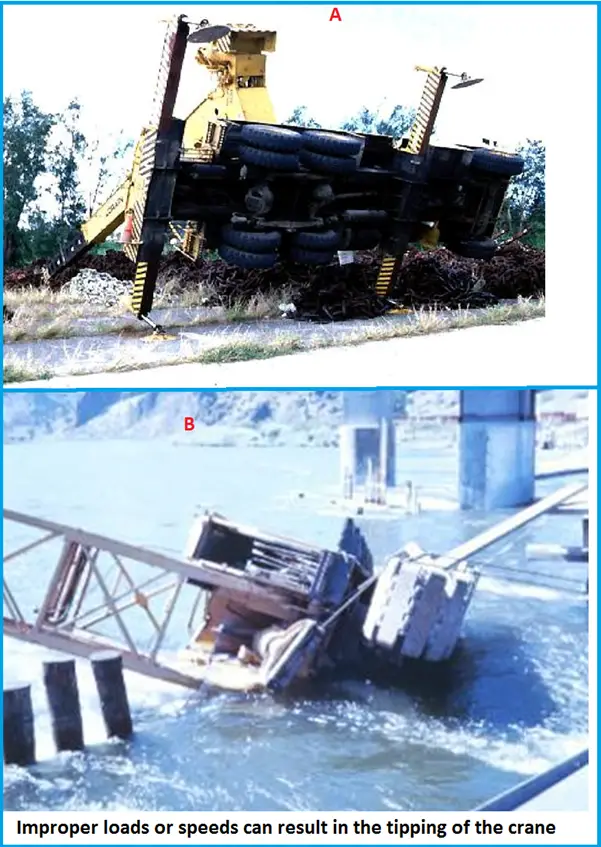
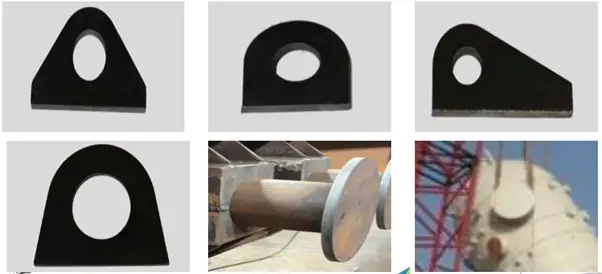


I like that you talked about how an excavator is one of the most popular construction equipment due to its outstanding durability and simple operation. I was walking to the nearby convenience store yesterday and I encountered a construction site with an excavator working on it. Excavators look quite useful and from what I heard, it seems there are excavator attachments too, which could make it even more versatile.